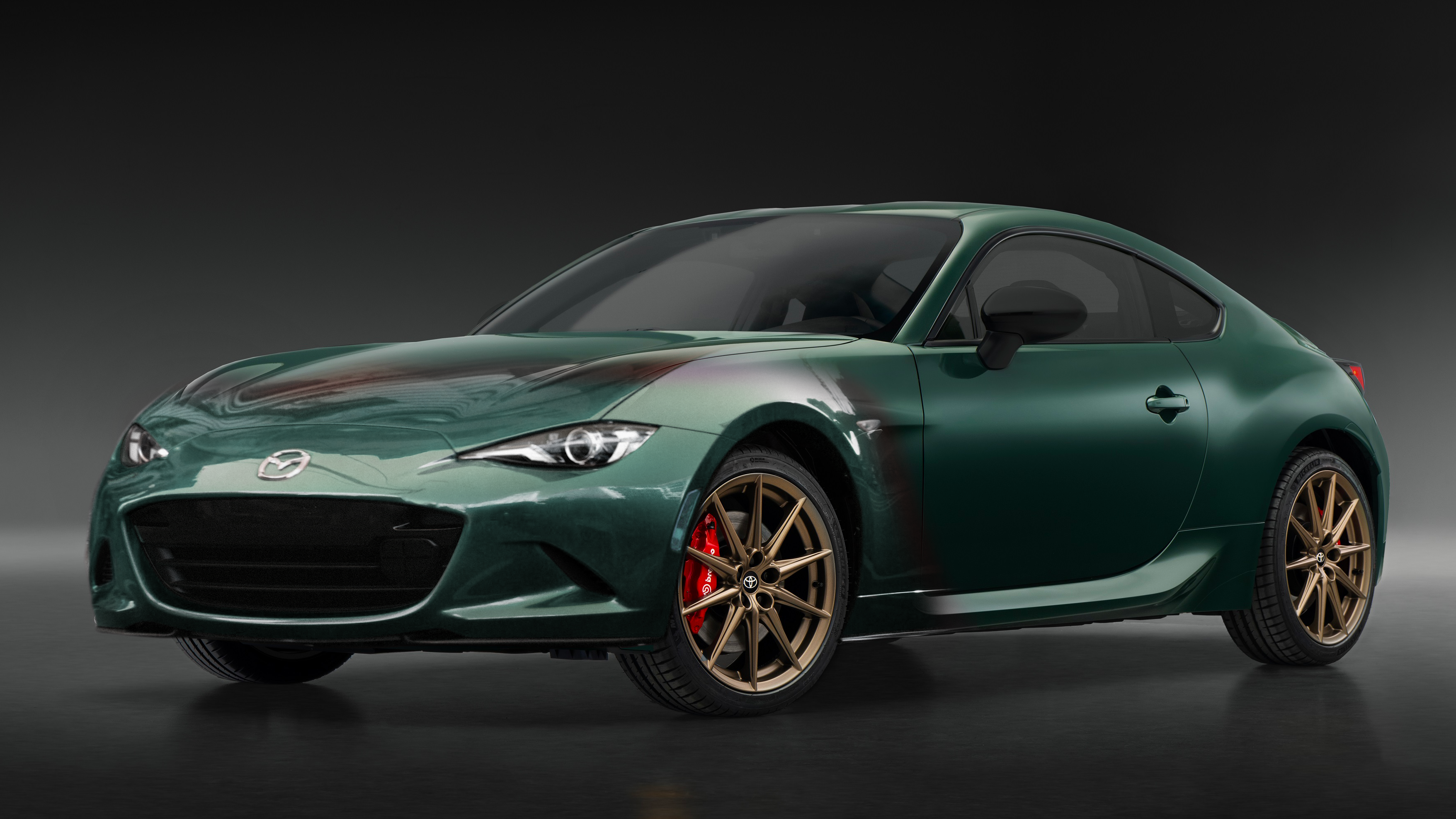Mazda And Toyota Developing The Next-Generation Miata And GR86 Together Would Just Make Too Much Sense
Subaru can get in on this, too, if it wants to keep making the BRZ
In a perfect world, housing would be affordable enough, salaries would be high enough and cities would be walkable enough that anyone who wanted a sports car owned one. Sadly, we don't live in a perfect world, and it's getting harder and harder to justify buying a two-door car regardless of whether it's a coupe or convertible. That also makes it harder for automakers to justify redesigning their sporty cars since even Miata sales were down 10 percent in 2024. Maybe it's time for Mazda and Toyota to work together.
Collaborating on a platform that works both as a two-seat roadster and a four-seat coupe would be a challenge, and I guarantee the internet would lose its collective mind, but let's take a step back for a second. All together, the Miata and GR86 sold a grand total of 19,529 cars in 2024. Meanwhile, the Subaru BRZ only added another 3,345 sales to the total. That isn't horrible, but those aren't exactly the numbers that scream, "You'll definitely make your money back if you redesign your sports car." For comparison, Ford sold nearly 50,000 Mustangs last year, and that doesn't include the Mach-E, either.
So sales already aren't inspiring confidence, but it gets more complicated from there. While Elon Musk and Donald Trump are doing their best to ensure climate change causes as much devastation and suffering as possible, other countries aren't nearly as ready to set the planet on fire. Because of that, there's a good chance the next Miata and GR86 will have to go hybrid, and that's only going to drive the price up further, limiting sales even more. Combining forces would allow Mazda and Toyota to split the bill, helping keep the price more reasonable and ensuring neither car suffers as a result.
But what about the Subaru engine? Isn't that an important part of the GR86 formula, and wouldn't the car gods rain hellfire down on the first hybrid Miata with a boxer engine to roll off the production line? Possibly, but if we're going hybrid, do we really need Subaru to be involved in this? Toyota knows hybrids better than anyone, and Mazda's the authority on making lightweight cars fun to drive, so you don't necessarily need Subaru. It can still come along for the ride, though. Or maybe they stick with the boxer engine. I'm not an engineer. I'm just a guy with a laptop playing product planner on the internet.
The real genius of this plan is that it would also allow Mazda to build my pipe dream, a car I like to call the Miata But Bigger. Tall people can't fit in the Miata, so why not sell a longer Miata with more room for the tall folks? Because it would no longer be a Miata at that point and should come with a different name? Well, then how would we explain the fact that it looks exactly like the Miata, only bigger?
Heck, while we're just throwing around ideas, why not give the Miata 2: More Room For Me And You an electric powertrain with a rotary range extender? It's crazy, but hey, Mazda would save so much money developing the new Miata, maybe it could afford to have a little fun in the powertrain department. Would it drive exactly like an ND Miata? Probably not, but that's why I would reserve it for the Miata+, which already won't be quite as sharp as the regular Miata due to its added length.
Since they'll be working together, they'll also be able to better differentiate the two cars to ensure they offer distinct driving experiences and don't step on each other's toes too much. It's a win-win for everyone involved. Does that mean I want it to happen, though? Of course not. I prefer to live in a world where the Miata and GR86 both sell so well that both automakers could justify developing them separately. But if we're looking at an alternative where both cars might go away altogether, I'm fine with making a few compromises to keep them on the road.
See, everyone who correctly insists auto journalists make terrible product planners. I can have genius ideas, too.
